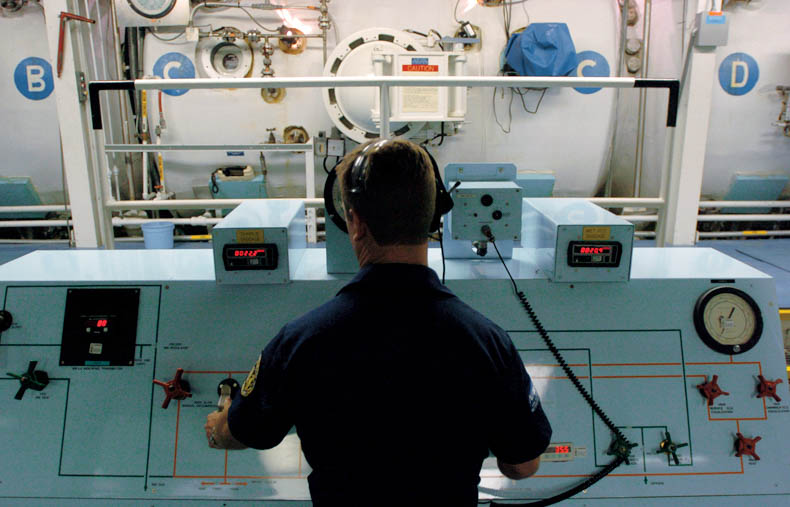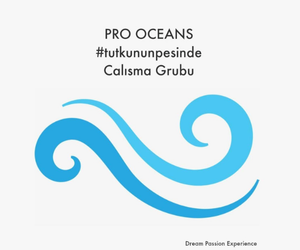After an incredible day of diving in Chuuk, my dive buddy went to bed feeling strong. The sea had been calm, the dives smooth, and there was no hint that anything was wrong. But at 2 a.m., he woke up in agony — a sharp, searing pain had exploded in his shoulder. The cabin was silent, but his body was screaming.
Thankfully, he remembered the safety briefing from day one: “Please awaken the staff if you feel any discomfort.” Still, he wondered, “Did I aggravate an old rotator cuff injury?” Despite not typically asking for help, he reached out.
The Response Begins
The crew responded immediately. The victim was placed on oxygen, and a fellow passenger — a hyperbaric physician — performed a neurological exam in the ship’s salon. Over the next 48 hours, the exam was repeated multiple times to monitor any changes.
Emotional First Aid
By morning, the victim’s pain had worsened, and fear had set in. Would he recover? Was this the end of diving for him? Having experienced DCI myself in the past, I made him a promise: “I’ll be your advocate. Until you’re well or safely evacuated, I’ve got you.”
In stressful medical emergencies like this, divers suffering from Decompression Illness (DCI) often can’t advocate for themselves. The commitment — to provide emotional support, logistics and guidance — is important.
Evacuation in Motion
Evacuating him during active dive operations wasn’t easy. The sea had turned choppy, making boarding the skiff difficult and painful due to his injury. Dives were still underway, and the skiff’s spinning propellers added urgency and risk to the transfer.
Island Triage
Our expectations for the local hospital were low, but we were pleasantly surprised. The facility was relatively clean, and the staff was responsive and organized. Triage was completed, and a treatment plan was made, but delays began almost immediately. At the agreed-upon appointment time, the doctor could not be found, and overworked staff postponed the recompression run.
The victim had refused pain medication throughout the day to better report his symptoms, but as the hours dragged on, his anxiety worsened. By evening, with no chamber run in sight, he finally accepted pain relief and continued with periodic oxygen therapy.
One of our biggest hurdles was communication. Cell service was spotty, and internet access was confined to a few locations on the island. Coordinating care meant driving to find the chamber operator or track down medical staff — or even a mechanic. But that’s another story.
An Improvised Effort
As night fell, we learned another hard truth: the chamber couldn’t be reached after dark. The road was too rough. The treatment was rescheduled for 10 a.m. the next morning, but when we arrived, the chamber’s compressor was broken.
Fortunately, another passenger supporting the rescue was a skilled mechanic and orthopedic surgeon. We just needed to find him tools and a multimeter. I rummaged through a barn, dispatched crew to buy supplies, and used a sketchy internet signal to download the compressor manual and diagrams.
Time was ticking, so the hospital’s hyperbaric doctor started prepping the chamber. We realized we could run a shorter treatment — a Table 9 protocol — by manually cascading banked oxygen and air. It would take just over two hours, instead of the originally planned five-hour Table 6.
We lined up the tanks, leak-tested the system, and launched the treatment. The diver entered the chamber with limited arm mobility and neurological symptoms. When he emerged, the pain was gone. His range of motion had returned, and fear was replaced by relief.
Lessons Etched in Experience
After the treatment, the boat crew immediately set to work refilling the bank bottles. Though the compressor remained offline, the chamber was reset and ready in case someone else needed it. A few days later, an engineer from another vessel got the compressor working again.
The Silver Lining
The diver made a full recovery. What could have been a life-altering case of neurological DCI ended with him walking away pain-free and smiling. He wasn’t just treated — he was cared for. That care came from doctors, crew mates, passengers, and every person who stepped up in a remote corner of the world to help someone in need.
Looking Forward
This experience reminded me how important it is to prepare for medical emergencies — especially when diving in remote locations where treatment can be delayed.
Here are a few key takeaways:
- Get adequate insurance that covers both treatment and evacuation.
- Research your destination beforehand to assess risks to determine if more conservative dive profiles are warranted.
- Prepare a waterproof emergency run bag with the following:
- Your insurance documents
- Passport and other identification
- Cash
- A list of your medications (with dosage, name, and diagnosis)
- Emergency contact information
Before you start diving, talk to a dive buddy who can act as your advocate. Boat crews will be focused on accident logistics, and having someone focused solely on you can make a huge difference.
Dive conservatively. Make slow ascents, use conservative gradient factors, and allow for long surface intervals between dives.
THE SCUBA NEWS Link !
DemirHindiSG 13 Temmuz 2025-17:55






